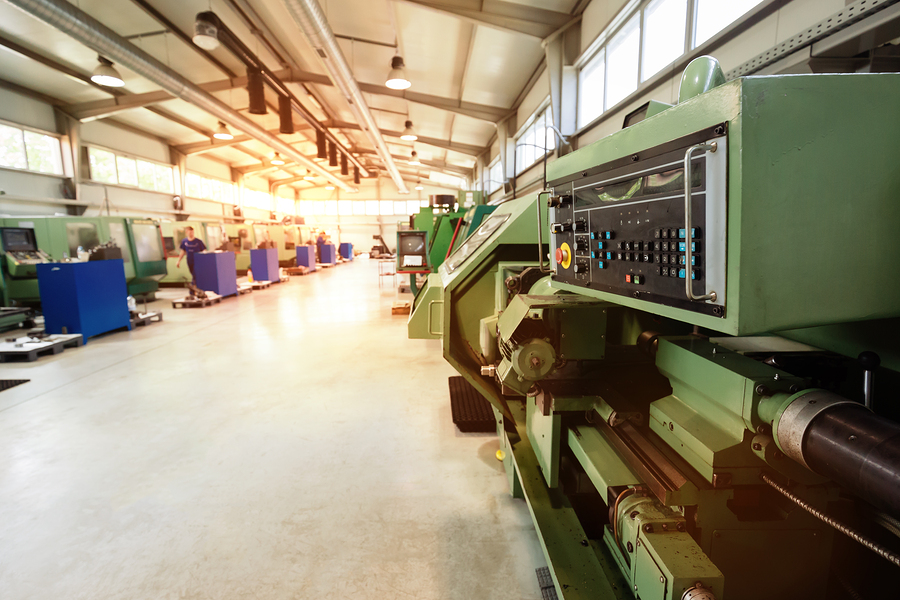Job Growth and Low Unemployment — What Does It Mean For 2018?

So far, 2018 appears promising for continued manufacturing job growth bolstered by factors such as the new tax reform. But the low unemployment rate — holding steady at 4.1% — shows manufacturers who are hiring are having difficulty finding skilled laborers. These factors further prove job growth is a fluid situation that requires constant monitoring if company leaders want to ensure their hiring managers are doing what’s necessary to stay ahead — and to understand how they can compensate.
Jobs are growing, but skills are lacking
While the low unemployment rate is a great boost to the overall economy, it puts a strain on manufacturers looking for new workers. Leaders in the manufacturing field are already having difficulty filling job spots due to aging workers and the lack of skilled individuals to replace them. The construction and manufacturing industries are two examples of the nation’s strong need for “blue collar” workers. With a growing economy, manufacturing and home construction are on the rise, but today’s manufacturers increasingly require advanced skills and training to transcend the basic skills of yesteryear. Many workers are skilled in niche areas, but manufacturers need those who have knowledge in both technical and digital arenas.
2018 changes and benefits
Job analyses show things are looking up for manufacturers and those in related industries across the board. Manual labor job openings are increasing and, therefore, the need for blue collar workers to fill them is growing rapidly. Industry sectors such as food and clothing production, where employees haven’t seen pay raises in quite some time, are finally seeing salary increases. Also, construction and mining sectors are some of the fastest growing when it comes to hiring. Factories are producing more, selling more and hiring more — all good things — but what does it mean for the upcoming year?

Rise to the challenge
Many company leaders desire — and need — to hire more workers to handle productivity increases due to higher demand. But rising to the challenge in an industry sector where employment is already stretched thin may prove to be a problem for some in 2018. However, manufacturers with hiring challenges have some innovative opportunities for handling them.
- Incorporate automation into the manufacturing process. Allowing automation and robotics to take over more basic and repetitive tasks can free up members of the manufacturing workforce for more skilled jobs in the industry.
- Retrain workers with a broader array of skills. Retraining employees — within the company or with help from an outside instructor — with digital skills to meet Industry 4.0 demands could have huge impacts on the future of the business.
- Bring in young, skilled workers through apprenticeship training. When company decision-makers work closely with leaders of local colleges to provide apprenticeship training programs, the benefits can be phenomenal. Because those enrolled in the programs get the right training to begin with, they are prepared to enter the field with the skills necessary for today’s digital world.
Once the backbone of America, the number of blue-collar families has declined over the years — but that is changing. Manufacturing company leaders now have the opportunity to recruit workers from within the U.S. instead of outsourcing their factories and jobs. Savvy decision-makers in the manufacturing sector are smart to jump on their opportunities to expand the middle class and keep these jobs in the U.S. And, if the trend catches on, this could be a win-win situation for the economy, the manufacturing industry, and Americans themselves.
Where will your company be at the end of 2018? It’s going to depend on how you adapt to the new Industry 4.0 outlook as you automate and introduce robotics to increase plant productivity. And, aside from implementing the right technology, you’ve also got to consider your plan for hiring the next generation of diverse skilled workers and offer better pay to attract members of the blue-collar workforce.